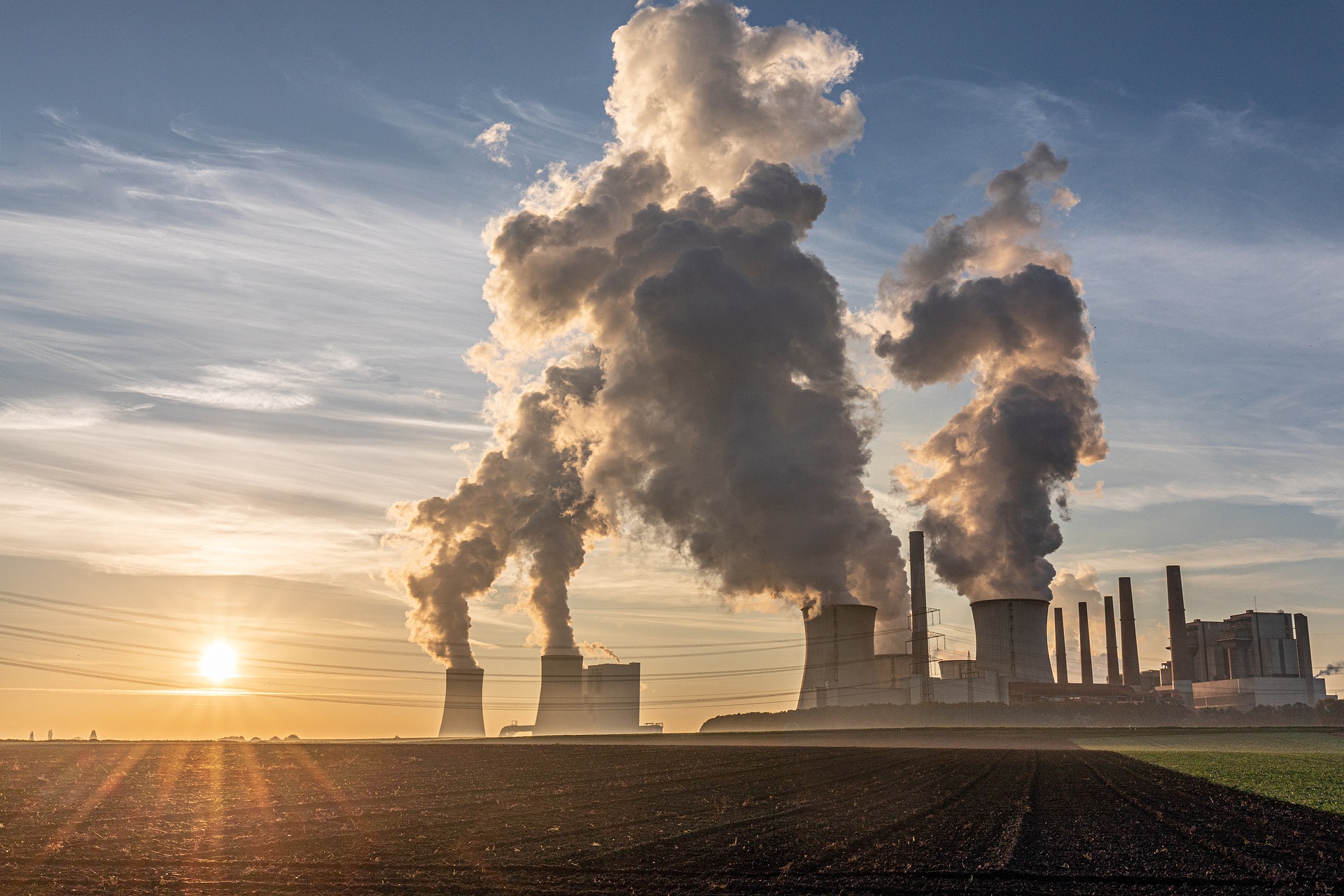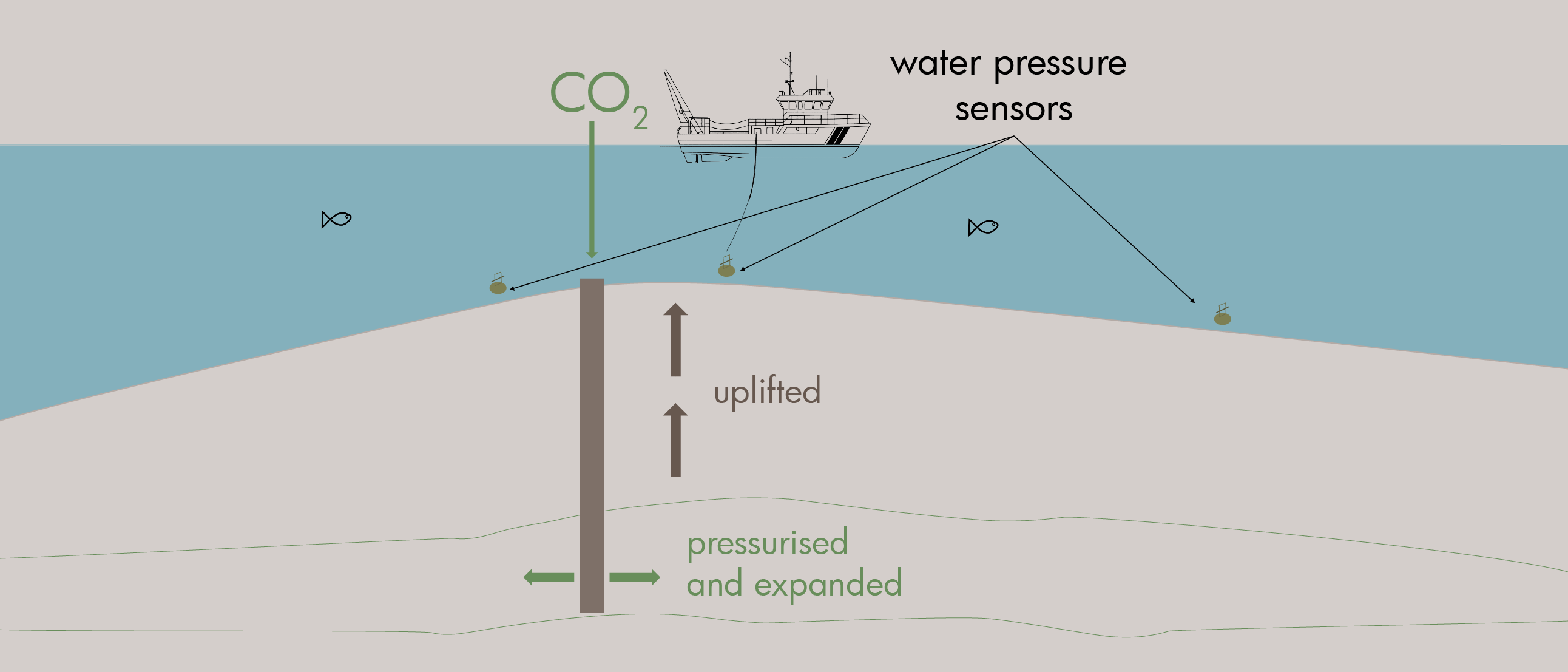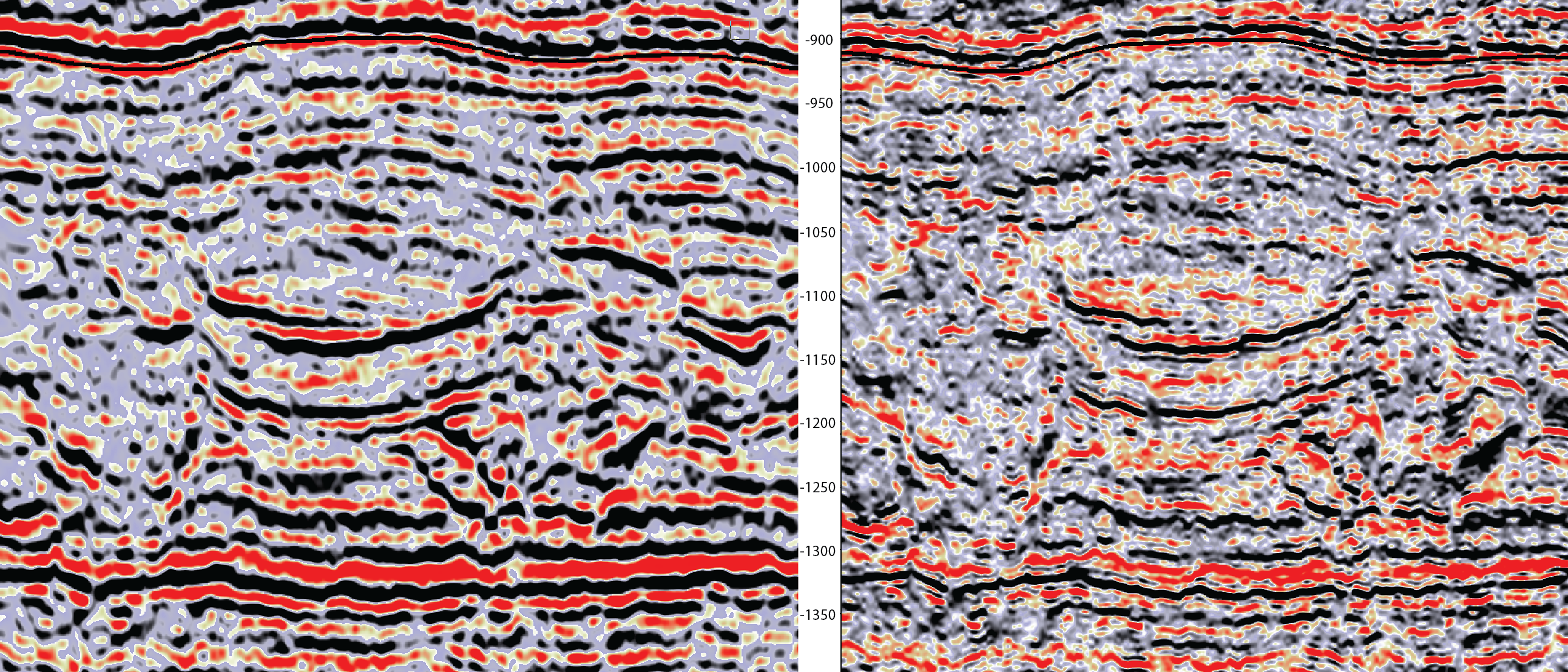In order to really get an idea on the amount of CO2 injected on a global scale, one should look at how much was actually put in the ground rather than looking at the reported capture capacity of the plants.
That is one of the main conclusions drawn by researchers from Imperial College London that was published in Environmental Science & Technology Letters in July this year. Based on public domain data, the researchers showed that the capture capacity of all projects combined is 19-30% higher than what was actually injected.

There are various reasons as to why a discrepancy between capture capacity and observed storage amounts exist. For instance, in the case of the Sleipner project in Norway, the discrepancy between capture capacity of 1 Mt of CO2 per year and the actual stored volume increases over time as a result of the natural decline in gas production from the field. At other projects, such as Century, Illinois, Shute Creek, Gorgon, and Qatar, the reported capture capacity seems to be the maximum capacity, while the technical reason for the observed lower injection rates are not disclosed.
In order to arrive at a more realistic number of injected CO2, the researchers call for a more centralised and consistent way of reporting volumes, which also should include elements such as independent auditing.
Another conclusion the authors draw is that carbon storage contributes significantly to the mitigation of today’s emissions. Is that the case? Total injected CO2 in 2020 amounted to around 31 million tonnes. When compared to the total amount of emitted CO2 on a global basis (31.5 Giga tonnes), the percentage of injected CO2 is only 0.001%. Not a significant percentage yet, and a reminder that it is time to rapidly upscale the technology.
HENK KOMBRINK





